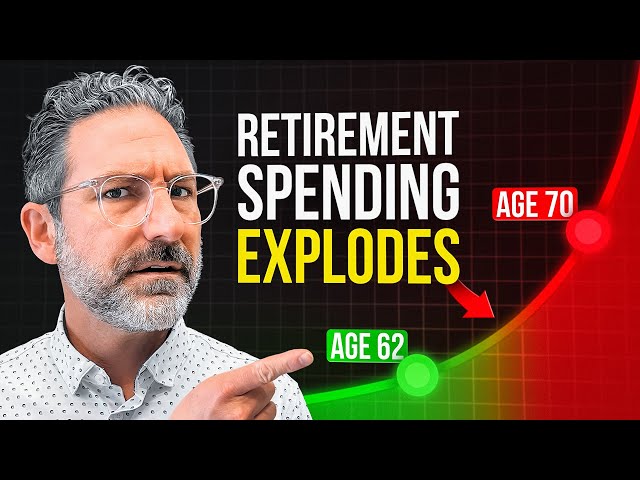With an ugly day for the markets yesterday, stocks fell back toward their 2022 lows as major indices have been trending lower over the past couple of weeks.
The tech-heavy Nasdaq has been leading the way lower as growth-oriented companies have taken the brunt of the downward pressure. This is largely due to higher inflation and interest rates. Accelerating inflation is causing the Fed to hike rates more aggressively, potentially slowing the future growth of companies and the economy.
Furthermore, there are growing concerns that new lockdowns in China could impact supply chains yet again, raising global growth concerns and adding additional pressure in recent weeks.
The recent downturn has resulted in a myriad of negative headlines and the feeling of unrelenting despair in markets. However, it’s important to remember stock market corrections are not uncommon. Volatility is the price we pay for higher returns over the long-run.
On average, there is a market correction (defined as a drop of 10% or more from an all-time-high) every 1-2 years for the S&P 500.
While it may seem not that long ago, the last market correction happened two years ago in March 2020 when the pandemic began. 2021 was a strong year for stocks with very little volatility (the largest drawdown was only about 5% which is historically low) . Even after the recent downturn, the S&P 500 is still up over 13% since the beginning of last year.
On average, going back to 1980, the S&P 500 experiences a 13% drawdown in any given year (sometimes it’s a larger 48% drop like 2008, sometimes it's a smaller 5% drop like 2021). Currently, the S&P 500 is down 12% for the year, roughly in line with this historical data. It feels a little more severe as many well-known large tech names have been in the market crosshairs recently, but other sectors have helped mitigate larger broad market losses. Essentially, markets seem to be reverting back to the mean after techs outsized performance when the pandemic began.
However, adding to the frustrations for investors, bonds have been experiencing their largest drawdown in modern history. Remember, bond prices move inversely to interest rates, meaning when rates move higher bond prices temporarily move lower. As interest rates have been mostly trending lower since the 1980s, bonds haven’t been acting as the stable piece of the portfolio many of us have become accustomed to so far this year.
While this is painful right now, there is a silver lining. Once interest rates eventually stabilize, it should lead to a reprieve in bond prices. With a higher starting interest rate, bond returns will become more attractive in the future. For example, a 3% bond yield is better than a 1% bond yield over the long-run, though to get to that 3% yield we need to experience some temporary discomfort today.
It’s ok (and normal) to feel confused and uneasy with what's going on in the markets right now. It’s also important to keep everything in perspective. Stocks are experiencing some downward pressure, but overall are right in line with historic average drawdowns. Bonds are in their worst drawdown in modern history, but going forward higher yields will be better for returns in the long-run.
It can be hard to imagine things improving when seemingly everything has been pointing lower. There could be more near-term volatility as we work through inflation, rising rates, and other unknowns, but the end result should be a healthier economy and market as we move forward. While it’s never enjoyable to watch markets fall, having a plan in place and sticking to your plan can help ensure you meet your longer-term goals while tuning out the short-term noise.








.jpg)






.jpg)
